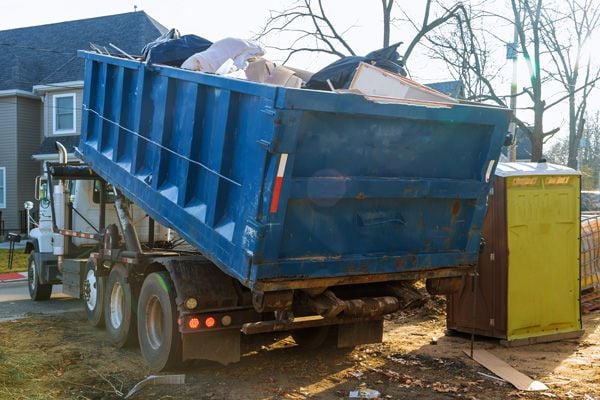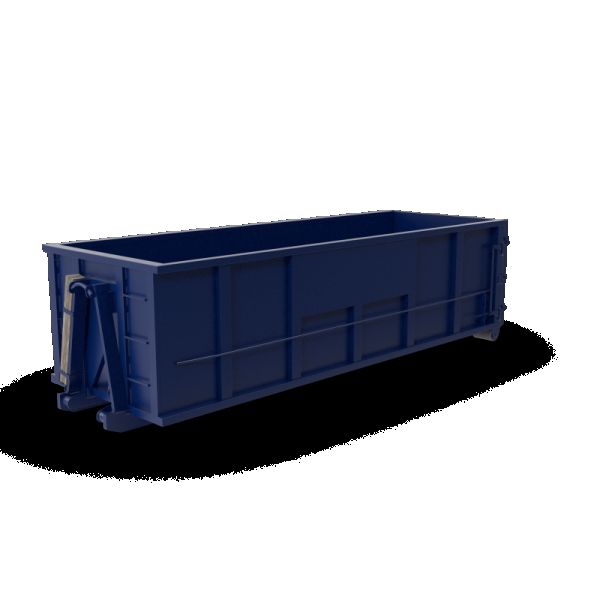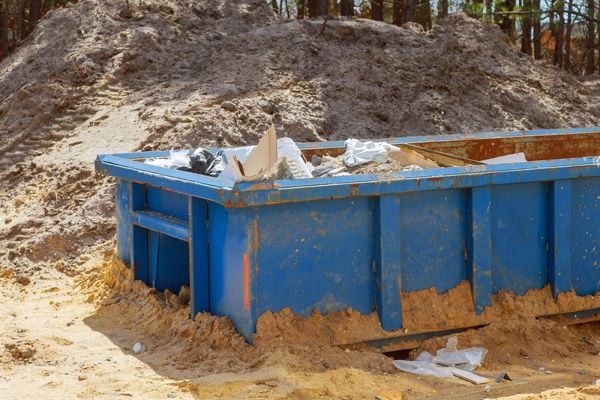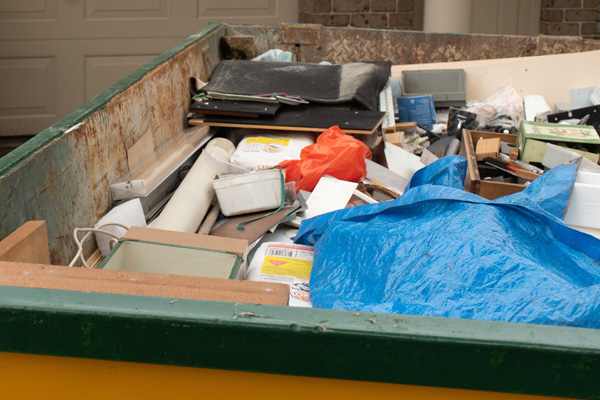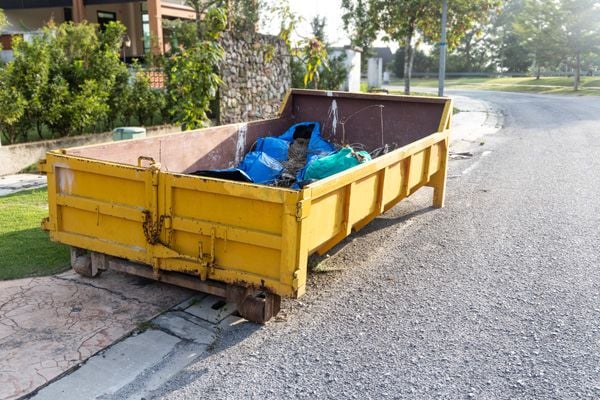How To Rent A Dumpster For A Sustainable Landscaping Project
How To Rent A Dumpster For A Sustainable Landscaping Project Sustainable landscaping projects can be challenging. However, they offer unique benefits and opportunities to create a beautiful outdoor space that is also eco-friendly. Renting a dumpster for the project is an effective way to manage materials while keeping sustainability in mind. This article will explain how to rent a dumpster for a sustainable landscaping project, outlining the steps necessary to ensure responsible disposal of materials during the process. The environmental impact of construction projects has become increasingly important over time. Landscaping projects are no exception; when done sustainably, these initiatives can improve air quality and reduce energy use by reducing waste production or incorporating renewable resources into their design. Dumpsters play an essential role in helping homeowners achieve this goal as they allow them to dispose of unusable material responsibly without leaving excess debris behind on-site or at local landfills. By properly renting and using a dumpster, individuals can effectively complete any landscape renovation project with minimal environmental disruption. The following sections discuss key considerations for selecting the right size and type of dumpster as well as information about pricing, delivery times, and other factors related to successful landfill management during a sustainable landscaping job. Varieties Of Dumpster Rentals In modern times, dumpster rentals have become an increasingly popular way to manage waste during a variety of projects. From small construction jobs and yard cleanup to large-scale renovations, many people are turning to rental dumpsters for their convenience and environmental responsibility. When considering renting a dumpster for a sustainable landscaping project, there are several varieties available depending on the type of project being undertaken and recycling facilities in the area. The most common type of rental dumpster is a yard dumpster which ranges from four to eight cubic yards in size. These smaller containers are ideal for light debris such as garden trimmings or lawn care materials that require disposal. Construction dumpsters come in larger sizes ranging from 10 cubic yards up to 40 cubic yards and are perfect for any home renovation or remodeling job requiring bulk waste removal. Larger industrial sites may even consider heavy duty roll-off containers with capacities reaching up to 50 cubic yards or more. No matter what size container you choose, it is important to remember your environmental responsibility when disposing of any material associated with your project. Check with local authorities about proper disposal procedures as well as recycling options if necessary before signing any sort of agreement with the rental company. With this information in hand, you will be one step closer to completing your sustainable landscaping project responsibly! Permits For Renting A Dumpster When renting a dumpster for a landscaping project, it is important to consider the size of the dumpster needed as well as any permits required. Most dumpster rental services offer various sizes that accommodate different weight limits and types of waste materials. Depending on the local municipality, some jurisdictions may require additional permits or paperwork in order to rent a dumpster for construction sites or other locations where large amounts of debris are disposed of. It is best to check with local regulations before beginning a project so that all necessary documents have been acquired ahead of time. In addition, there may be certain restrictions imposed by the dumpster rental company regarding what type of items can be placed into their containers. A general rule is that hazardous waste should not be included since this poses an environmental hazard if not properly handled. Furthermore, many companies also do not allow building materials such as drywall and insulation due to safety concerns associated with these types of projects. In light of these considerations, it is essential to work closely with both the dumpster rental service provider and local authorities when planning out a sustainable waste management solution for landscape projects. Sustainable Waste Management Solutions Renting a dumpster for a sustainable landscaping project requires an understanding of environmental goals, as well as the availability of yard waste dumpsters and recycling centers. For example, when undertaking a landscaping project in suburban Seattle, the local municipality offers both types of services to assist homeowners with their green initiatives. Tree stumps, tree branches and tree limbs can all be disposed of safely and responsibly by renting either type of container from the city or county government. The first step is to determine what kind of materials need disposing or recycling. Waste management companies often offer multiple sizes and kinds of containers for rent that are appropriate for different projects. In addition to large roll-off rental services available through many municipalities, there are other waste disposal options such as compost bins and specialized grass clippings collection systems. It may also be possible to find smaller bin rentals ideal for large gardening projects like removing shrubbery or planting trees. When selecting a service provider, it’s important to research not only the cost but also any additional requirements needed to complete the job correctly without damaging the environment. Many cities have ordinances regarding proper disposal methods and require special permits before beginning any demolition work onsite. An experienced company should also provide guidance on how best to set up the site prior to delivery so that no hazardous materials accidentally end up in non-recyclable items. They should also make sure that any recyclables collected get taken away promptly and efficiently so they don’t accumulate onsite over time. By researching all available options at one’s disposal, renters can feel confident they’re making informed decisions about which service providers will meet their needs while helping them achieve their sustainability goals. When considering roll-off rental services for a sustainable landscaping project, being aware of all potential hazards associated with improper disposal practices is key in ensuring success from start to finish. Roll-Off Rental Services Roll-off rental services are a convenient option for many landscaping and renovation projects. These services provide customers with access to commercial dumpsters that can be filled with yard waste, recyclable materials, and other landscape
How To Rent A Dumpster For A Sustainable Landscaping Project Read More »

